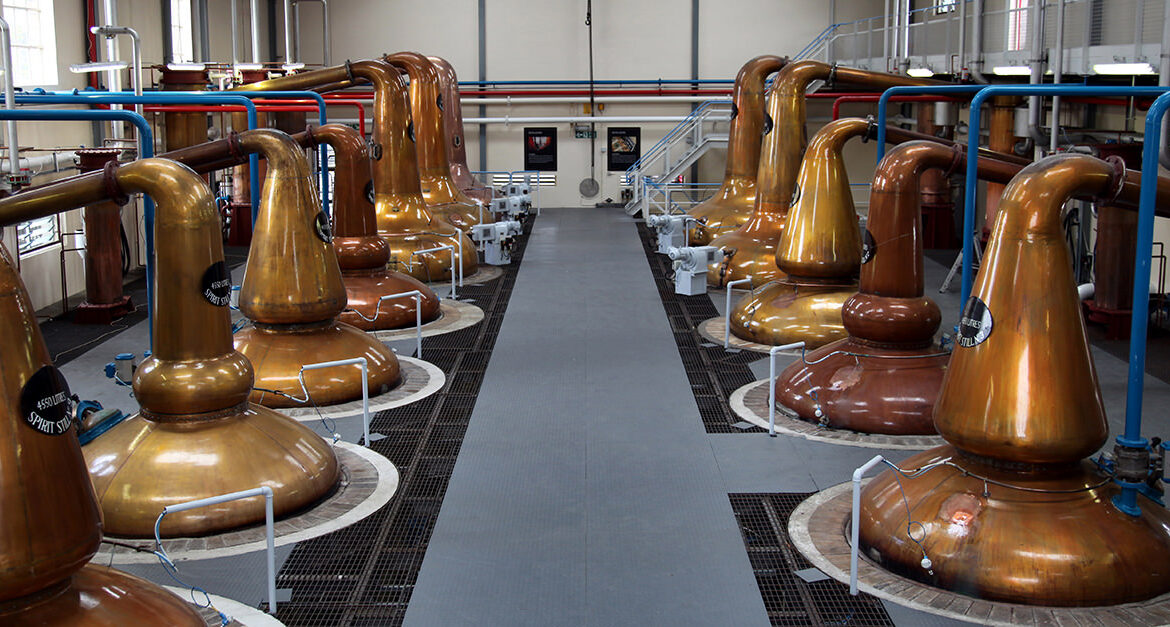How Distilling Works ?
Distilling is a process used to separate components of a liquid mixture based on their boiling points. It’s commonly used to purify liquids, extract essential oils, or produce alcoholic beverages like whiskey, vodka, and rum. Here’s a step-by-step explanation of how distillation works:
1. Basic Principles
Distillation relies on the fact that different liquids boil at different temperatures. By heating a liquid mixture, you can evaporate one or more components and then cool them to condense and collect them separately.
2. Equipment Used Still:
The apparatus used for distillation.
Boiler/Heat Source: Heats the liquid mixture.
Column: Allows vapor to rise and may help separate components better.
Condenser: Cools the vapor to turn it back into liquid.
Collection Vessel: Captures the condensed liquid.
3. The Process
- Step 1: Heating
The liquid mixture is heated in the still.
As the temperature rises, the liquid with the lowest boiling point (e.g., alcohol) evaporates first. - Step 2: Vaporization
The vapor rises through the distillation column, leaving behind substances with higher boiling points.
In some setups, packing material in the column helps improve separation by encouraging repeated condensation and evaporation cycles (fractional distillation). - Step 3: Cooling (Condensation)
The vapor enters a condenser, where it is cooled, usually by water or air, causing it to condense back into liquid form. - Step 4: Collection
The condensed liquid is collected in a separate vessel.
This liquid (called distillate) is now enriched in the component with the lowest boiling point.
- Step 1: Heating
4. Applications Alcoholic Beverages:
Distillation is used to concentrate ethanol by separating it from water and other impurities.
Essential Oils: Steam distillation extracts volatile compounds from plants.
Purification: Produces distilled water or purifies chemicals in laboratories.
Petroleum Refining: Fractional distillation separates crude oil into gasoline, kerosene, and other products.
5. Types of Distillation Simple Distillation:
For separating mixtures with significantly different boiling points.
Fractional Distillation: For mixtures with closer boiling points.
Steam Distillation: For heat-sensitive substances, like essential oils.
Vacuum Distillation: Lowers the boiling point by reducing pressure, useful for high-boiling liquids.



